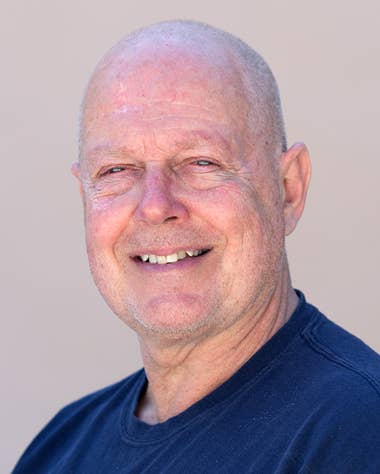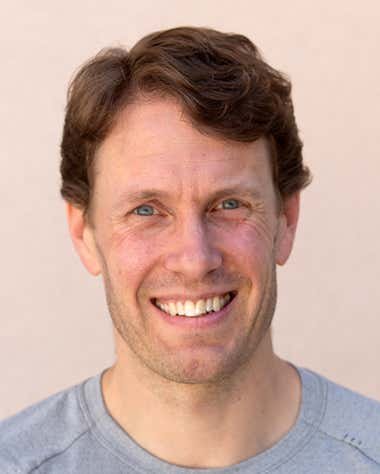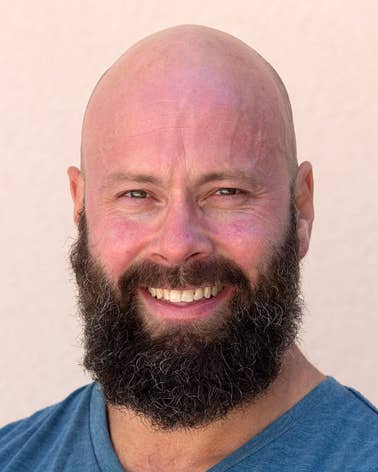DNS Strength Training
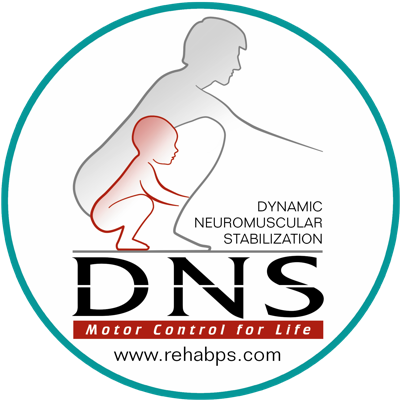
DNS Strength Training Track
The DNS Strength Training track is series of courses designed specifically for coaches, personal trainers, medical professionals (DC, PT, ATC, DC, MD), and athletes who use strength training in their professional lives. It is for anyone who wants to improve their ability to integrate DNS with traditional strength training movements such as the deadlift or the barbell squat.
DNS Instructor Richard Ulm explains what is DNS Strength Training?
DNS Instructor Richard Ulm explains the difference between DNS Strength Training and DNS Exercise educational tracks
How to become a Certified DNS Strength Coach:
To become a Certified DNS Strength Coach (DNS-SC), one must attend each of the core DNS Strength Training courses (DNS-ST1, DNS-ST2, & DNS ST-3). After the DNS-ST2 course attendees must pass a test. The test following DNS-ST2 is an on-line, multiple choice test that can be completed at home. This test is open book. Attendees will have 1 year after the course to pass the examination. The student gets a maximum of three attempts to pass the test. Students are recommended to retake the course and then to take the online test again in case of failing to pass the test on the three attempts. As soon as submitting the test the student receives results by email. Passing the online test is a prerequisite before taking the final practical test, and being certified as a DNS Strength Coach. The final test will be a practical test performed at the end of DNS-ST3. This test will involve the individual performing DNS exercises, tests, and applying them to traditional strength training movements. They will need to demonstrate competence in DNS and be able to accurately identify movement dysfunction and properly prescribe corrective exercises. To take this exam, attendees must have started taking DNS courses at least 1 year before and they must have passed both written tests. Any official DNS course will start the mandatory 1 year clock before one is eligible to take the certification examination.
To ensure that potential Certified DNS Strength Coaches are ready for the practical examination, we advise that they take 5 courses before they test (e.g. Exercise 1, DNS Movement Flow, or a 1 day movement skills course on the squat). This is not a requirement, but a strong suggestion.
Certified DNS Strength Coaches will go on the DNS webpage and can use the letters DNS-SC after their name. To maintain the certification, one will have to attend a DNS course every 3 years. These courses do not have to be in the strength training track.

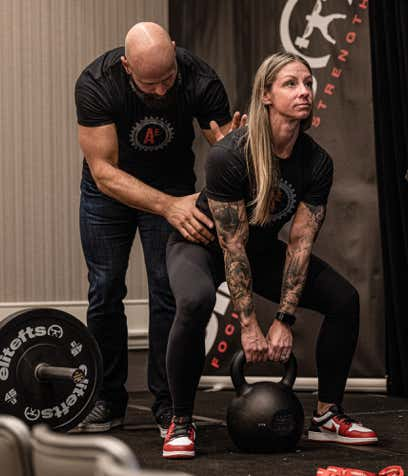

DNS Strength Training Program Overview
DNS is a comprehensive explanation of movement and function. Its principles, exercises, and assessments are highly effective in the clinical setting. DNS, however, has powerful application in the sports/performance and strength training professions. The DNS strength training track is designed to help coaches, athletes, and medial professionals effectively apply DNS to the strength training profession. These courses are for anyone who uses strength training in their profession, be it a coach, an athlete, or a rehab professional.
The DNS Strength Training track is broken up into 3 primary courses with accessory courses offered as well. The 3 primary courses (DNS-ST1, DNS-ST2, and DNS-ST3) will expose attendees to DNS - its principles (functional joint centration, sagittal stability, developmental kinesiology, etc.), assessments, and exercises based in developmental kinesiology. It will also then apply these to traditional strength training, which will be accomplished via lecture, demonstration, and workshop to ensure that all attendees who complete the full track will be able to effectively apply DNS to strength training.
Whether you are a coach wanting to gain a better understanding of movement or a clinician who integrates strength training into the rehabilitation process, these courses are designed for you.
DNS Strength Training Instructors
DNS Strength Training 1
1
What is DNS-Strength Training 1?
DNS-ST1 is an introductory course designed for both strength training and medical professionals with the singular focus of equipping attendees with the skills to effectively apply the powerful concepts of DNS to traditional strength training movements such as pressing, pulling, hinging and squatting. It is an entry-level course; as such, no prior DNS experience is required to attend.
In this course, we introduce DNS concepts to the attendees and cover application of these concepts to common strength training movements such as the deadlift, barbell press, and the squat. All movements in this course are bilateral and symmetrically loaded.
Who is eligible to take this course? Everyone.
This course is NOT restricted to medical professionals.
Objectives:
- Introduce fundamental DNS concepts such as functional joint centration & ontogenesis.
- Cover the anatomy and mechanics of trunk stabilization.
- Cover multiple DNS tests for trunk stability.
- Cover physiological and pathological postures.
- Workshop DNS exercises based in developmental kinesiology from newborn to approximately 6 months.
- Apply DNS concepts to common bilateral, sagittal plane, strength training movements such as pushing, pulling, hinging and squatting. All strength training movements are bilateral with symmetrical loads.
Goals:
- Attendees will be able to apply DNS concepts to common bilateral, sagittal plane, strength training movements such as pushing, pulling, hinging and squatting.
- Attendees will be able to perform basic DNS tests to properly identify instability in their patients/athletes.
- Attendees will be able to properly assess and correct respiration.
- Attendees will be able to cue and teach proper respiration.
DNS Assessments Covered:
- Seated Diaphragm Test
- Supine IAP Test
- Arm Elevation Test
- Quadruped (Sit-Backs, Rocking, and Rocking into 6 Months Prone)
- Bear Position
- Squat Assessment
Strength Training Movements Covered:
- Hinging: Romanian Deadlift. (RDL), Kettlebell Deadlift, Sumo Deadlift, Conventional Deadlift, Modified Sumo Deadlift.
- Squatting: Goblet Squat
- Pressing: Bench Press, Barbell Overhead Press, Push-Ups
- Pulling: Pull-Ups, Chin-Ups, Bent Row, Horizontal Row
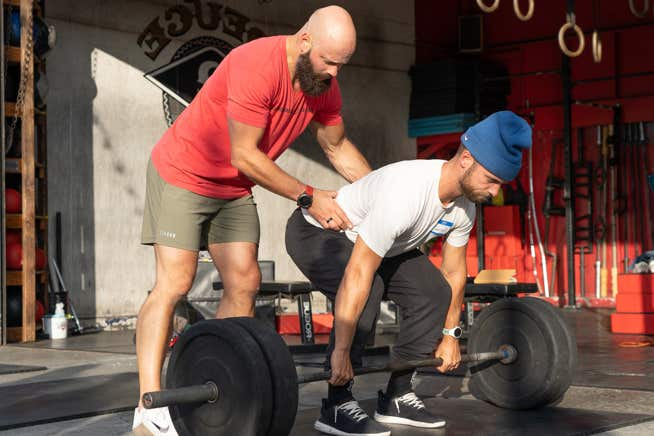
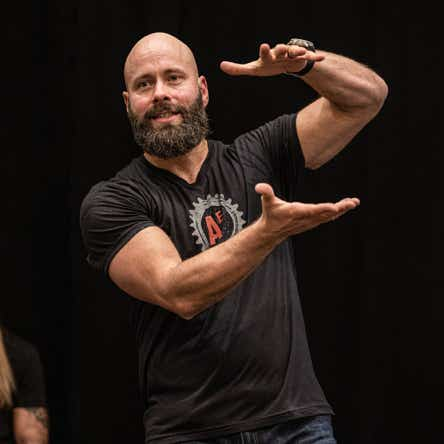
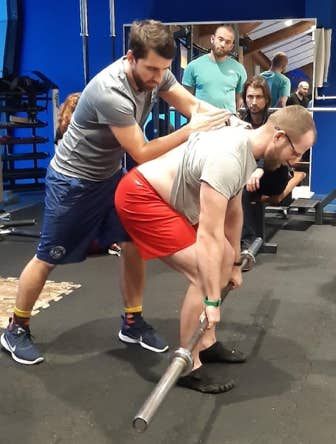
DNS Strength Training 2
2
What is DNS-Strength Training 2?
DNS-ST2 builds on the concepts covered in DNS ST1. We dig deeper into the fundamental DNS concepts introduced in DNS ST1 (Functional Joint Centration, Stabilization, The roll of the Diaphragm in Respiration and Stabilization). We break out of the sagittal plane to cover coronal and transverse plane movements. We also break away from symmetrically loaded, unilateral movements and cover asymmetrically loaded and unilateral movements such as lunging, single arm dumb bell rows, single arm kettlebell pressing.
Who is eligible to take this course?
All attendees must have successfully completed DNS ST1. No other DNS course will substitute for DNS ST1.
Objectives:
- Provide a detailed explanation of Functional Joint Centration.
- Teach attendees about the origin and function of the oblique muscle chains.
- Teach attendees about proper foot loading: anatomy involved & its impact on stabilization and centration.
- Teach attendees about diaphragm function in sports: the diaphragm paradox.
- Workshop DNS exercises based in developmental kinesiology from newborn to 18 Months, with an emphasis on positions older than 6 months (Oblique Sit, Tripod, Bear).
- Introduce rules for applying DNS principles to programming.
Goals:
- Improve attendees’ understanding of stabilization.
- Improve attendees’ understanding of proper foot loading.
- Teach attendees how to program utilizing DNS principles.
DNS Assessments Covered:
- Seated Hip Flexion Test
- Differentiated Bear Assessment
- 1/2 Kneeling Assessment
- 1/2 Kneeling to Stand Assessment
- Tripod Assessment
Strength Training Movements Covered:
- Hinging: Kettlebell Swing, Single Arm Kettlebell Swing, Differentiated RDL, Single Arm RDL
- Squatting: Oblique Squat, Reverse Lunge
- Pressing: Single Arm DB/Cable Press, Single Arm Kettlebell Press, Single Arm Bench
- Pulling: Single Arm Horizontal Row (symmetrical & staggered stance), Single Arm DB Row Variations
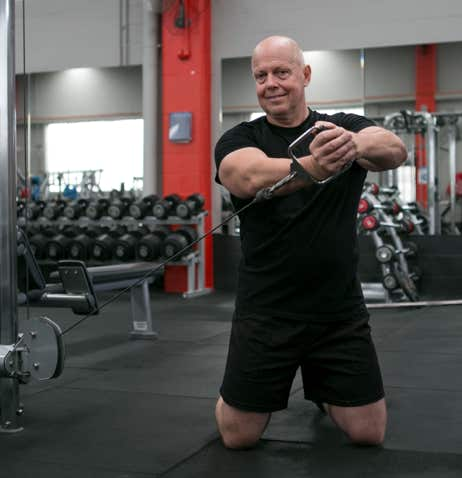
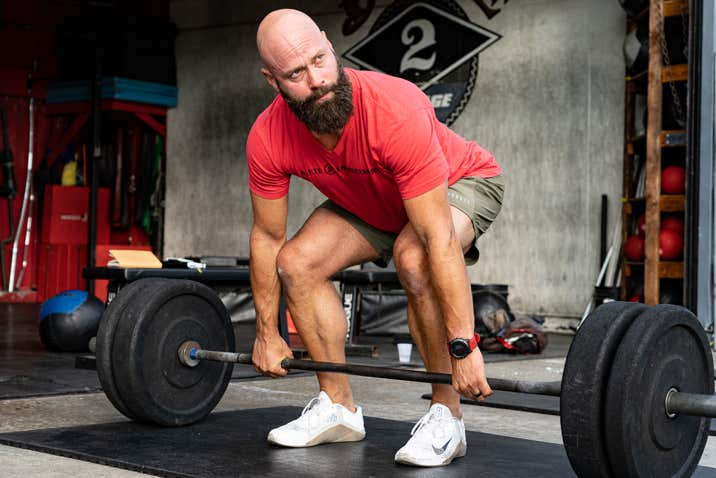
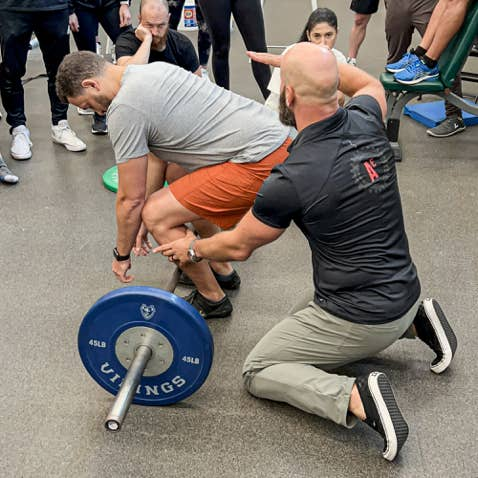
DNS Strength Training 3
3
What is DNS-Strength Training 3?
DNS-ST3 is all about mastery and integration of the DNS concepts to strength training. We will cover the concepts taught in both DNS ST1 and DNS ST2, but will emphasize integration. While in the previous two courses the DNS exercises were taught separately from the strength training movements, in DNS ST3, attendees will learn to blend DNS exercises and assessments with strength training movements. They will be taught how to assess an athlete’s movement quality with a traditional strength training exercise and then how to choose the appropriate DNS assessment. From here, they will then be trained how to select the optimal DNS corrective exercise to improve the quality with which the athlete executes the strength training movement.
We will also cover how to properly program strength training utilizing DNS principles.
Who is eligible to take this course?
All attendees must have successfully completed both DNS ST1 and DNS ST2. No other DNS courses will substitute for DNS ST1 or DNS ST2.
Objectives:
- Review concepts covered in DNS ST1 and DNS ST2.
- Teach attendees how to seamlessly blend traditional strength training movements with DNS corrective exercises.
- Teach attendees how to program properly utilizing DNS concepts.
Goals:
- Improve attendees’ understanding of stabilization.
- Improve attendees’ understanding of proper foot loading.
- Teach attendees how to program utilizing DNS principles.
- Teach attendees how to seamlessly integrate DNS assessments & correctives with strength training movements.
DNS Assessments Covered:
- Supine IAP Test with Arm Elevation
- Quadruped Rocking
- Quadruped to Bear Assessment
- 1/2 Kneeling to Stand Assessment
- Squat Assessment
Strength Training Movements Covered:
- Hinging: Single Arm Kettlebell Swing, Modified Sumo Deadlift
- Squatting: Kettlebell Squat Deadlift, Front Squat, Back Squat
- Pressing: Single Arm DB Press in 1/2 Kneeling, Single Arm Kettlebell Press
- Pulling: Single Arm Cable Row in Oblique Sit, Single Arm Low Cable Row, Single Arm DB Row in Bear



